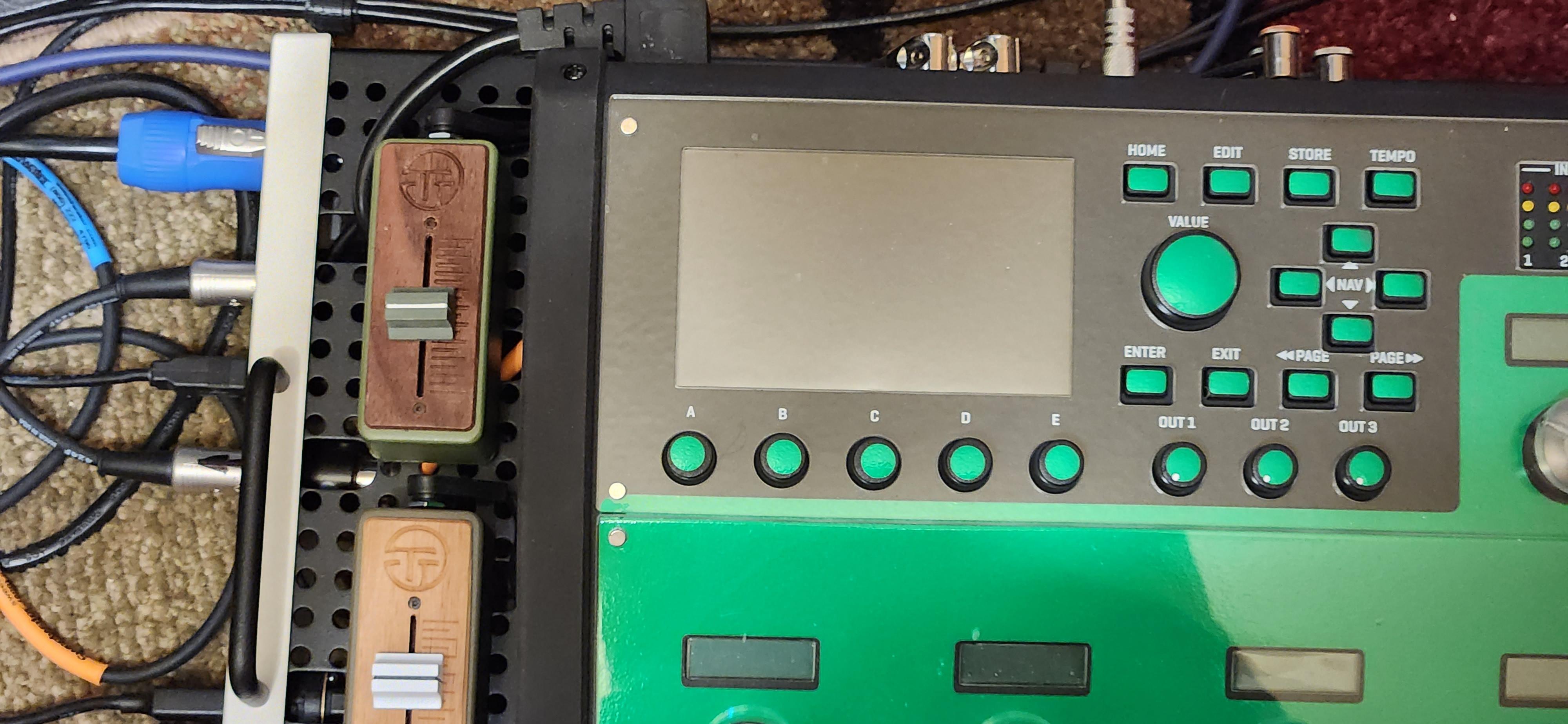I use a iPhone app. At my house I’m looking for 85-90db. It’s a free app. NIOSH sound level meter. Last week at work me and another guy compared meter readings. He was using a different app. Mine was reading about 5db lower than his. So I’m getting a general idea but I doubt this app on my older phone is super accurate.
I’m not gigging but I jam with some guys. I have found I usually have to dial down the highs at band volume. I keep that stuff on the performance page. Level gain BMT etc. It’s pretty quick to adjust from my home dialed preset. It’s not just volume, it’s the room too. So some adjustments will need to be made depending on the situation. The idea is to get above the FM curve and get it close enough to allow quick adjustments as needed in a live situation. Try some apps. They’re free.
I’m not gigging but I jam with some guys. I have found I usually have to dial down the highs at band volume. I keep that stuff on the performance page. Level gain BMT etc. It’s pretty quick to adjust from my home dialed preset. It’s not just volume, it’s the room too. So some adjustments will need to be made depending on the situation. The idea is to get above the FM curve and get it close enough to allow quick adjustments as needed in a live situation. Try some apps. They’re free.


